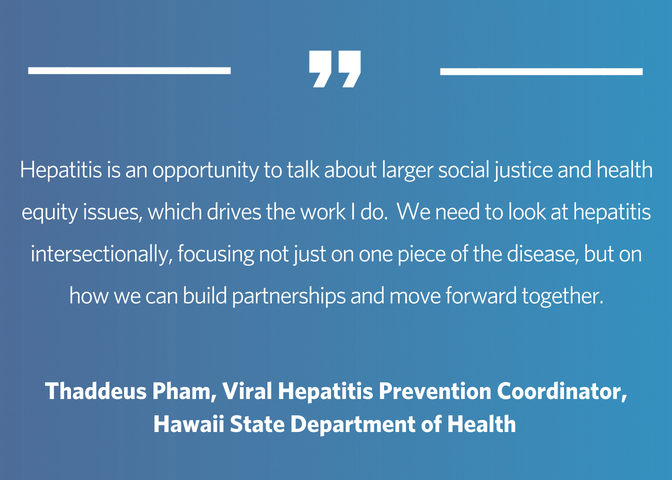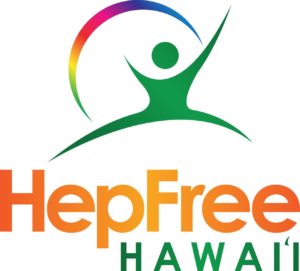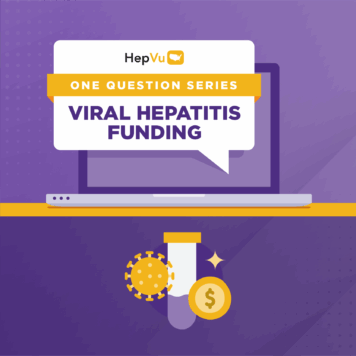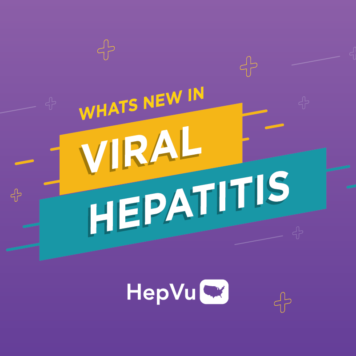Thaddeus Pham is the Viral Hepatitis Prevention Coordinator at the Hawaii State Department of Health.
Q: You were recently honored as one of the winners of the National Minority Quality Forum’s 40 Under 40 Leaders in Health. What drives your passion for healthcare and viral hepatitis in particular?
Originally, I worked in HIV, where I started doing work around health disparities and the health issues impacting the communities that I am a part of as a gay man who is the son of Asian immigrants. When the opportunity came up to be the Hepatitis Coordinator for Hawaii, it was the perfect fit for me because my framework was focused on the medical perspective and also health disparities and social justice.
Viral hepatitis is personal for me as well. My family is from Vietnam, and I have had family members who were affected by Hepatitis B and who passed away from it. I felt it was an issue that was important to address for the people I love. Hepatitis is an opportunity to talk about larger social justice and health equity issues, which drives the work I do. Being named one of the 40 under 40 Leaders in Health highlighted the fact that we need to look at hepatitis intersectionally, focusing not just on one piece of the disease, but on how we can build partnerships and move forward together.
Q: Hawaii has the second highest rate of liver cancer among all states in the U.S., and the majority of liver cancer cases are caused by Hepatitis B and C. What is the department of health doing to combat these epidemics?
Hawaii currently has the highest rate of liver cancer death in the entire country. Because the majority of liver cancer cases are caused by Hepatitis B and C, it severely impacts our community. To address this issue, CDC funds one position in each jurisdiction to focus on prevention, which is my role. I am tasked with addressing the entire continuum of care for Hepatitis A, B, and C, including awareness, education, testing, immunization, linkage to care and treatment, insurance access, and storytelling, with very little resources In order to accomplish all of that, we leverage relationship capital and build strong partnerships within the community locally and nationally to integrate services and move these issues forward.
Q: Hawaii is different than other states in the U.S., in that communities/groups are widely dispersed across islands. How does the health department approach this challenge when addressing Hepatitis B and C?
Hawaii is wonderfully diverse. We have so many different communities represented here. When we work with these different communities and form partnerships, we are mindful of the need to be culturally humble. I think we can approach our partnerships with humility and recognize that the community itself often knows the best way to address an issue. When we address Hepatitis B or C, we go to each community and establish a presence. We sit in and become part of the community long enough for them to trust us and feel like they’ve been heard when we ask them, for instance, what is the best way to spread the word about Hepatitis B-related liver cancer. Investing in local communities benefits us in the long term. Geographically, we are separated by islands and there is no way to get to them for us except via plane, so we really rely on our partnerships with local organizations.
Q: Asian Americans, Native Hawaiians, and other Pacific Islanders have a high burden of Hepatitis B, yet there is still considerable stigma in these communities around Hepatitis B. What is being done to change that?
That’s a really hard problem for us to solve. There is a lot of stigma around hepatitis, which is ultimately related to larger issues. There’s a stigma around Hepatitis B, partially because it is associated with sex, but also because it is often associated with immigration or migrant status. People are worried that having Hepatitis B will flag them as an immigrant or migrant. When we talk about Hepatitis C, we work with a lot of people who are homeless or people who use drugs. We try to humanize, not criminalize. We want to show people that we understand hepatitis is just one of the many issues that they’re dealing with.
Q: Do you find that the opioid epidemic is a growing challenge in your work?
We have seen the opioid epidemic affecting hepatitis infections for quite a while, but in the past few years it has gained more traction and more awareness. In Hawaii, we recently created our first statewide opioid prevention plan that focuses on ensuring that when we talk about opioids we are also talking about related harms such as overdose, hepatitis, HIV, wounds, and many other issues. We are not as bad off as many other states, but opioid overdose is the leading cause of accidental death in Hawaii. In fact, data show opioid injection use among students in middle and high schools in Hawaii. We want to try and prevent this new generation of kids from getting hepatitis or other infectious blood-borne diseases. We have to figure out how to sit with that young community and establish a trusting relationship.
Q: You helped start Hep Free Hawaii, a coalition of local, national, and global partners dedicated to increasing viral hepatitis awareness and access to care throughout the state. What is Hep Free Hawaii doing to address Hepatitis B in Hawaii? 
Hep Free Hawaii is a coalition of local, national, and global partners who are trying to address hepatitis in Hawaii. The coalition has its own set of requirements, allowing us to have flexibility and be nimble in how we handle hepatitis in our communities. We empower each community partner to decide what they think would be best to address hepatitis. For instance, when we reach out to the Pacific Islanders community about Hepatitis B, we talk with them and engage their leaders and community members to understand how best to reach the community as a whole and specific subgroups in particular, such as the Marshallese and Micronesian communities.
We have learned that conversational engagement is a big part of how health information is spread, rather than handouts. We have learned that not everyone in these communities are literate even in their own language. With that in mind we formed a community coalition to develop “talk story sessions” with our Marshallese partners, giving community members the chance to share their stories about Hepatitis B in places where the community already congregates, such as churches or sporting events. They talk about their experiences with Hepatitis B, then end the session with actions that people can take to get tested and vaccinated.
Q: Hepatitis Testing Day is on May 19th. What does Hep Free Hawaii have planned? What is the one thing people can do to make a difference on that day?
As May 19th is also National Asian & Pacific Islander HIV/AIDS Awareness Day, we are working with some of the HIV organizations we partner with to host a community-based testing event at one of the parks in Honolulu. We hope to educate people about both hepatitis and HIV so they can become more aware of both diseases, even if they don’t get tested. If you do only one thing on Hepatitis Testing Day, I would ask people to find out if they are at risk. CDC’s Viral Hepatitis Risk Assessment is a great resource for understanding your risk and it only takes five minutes.




